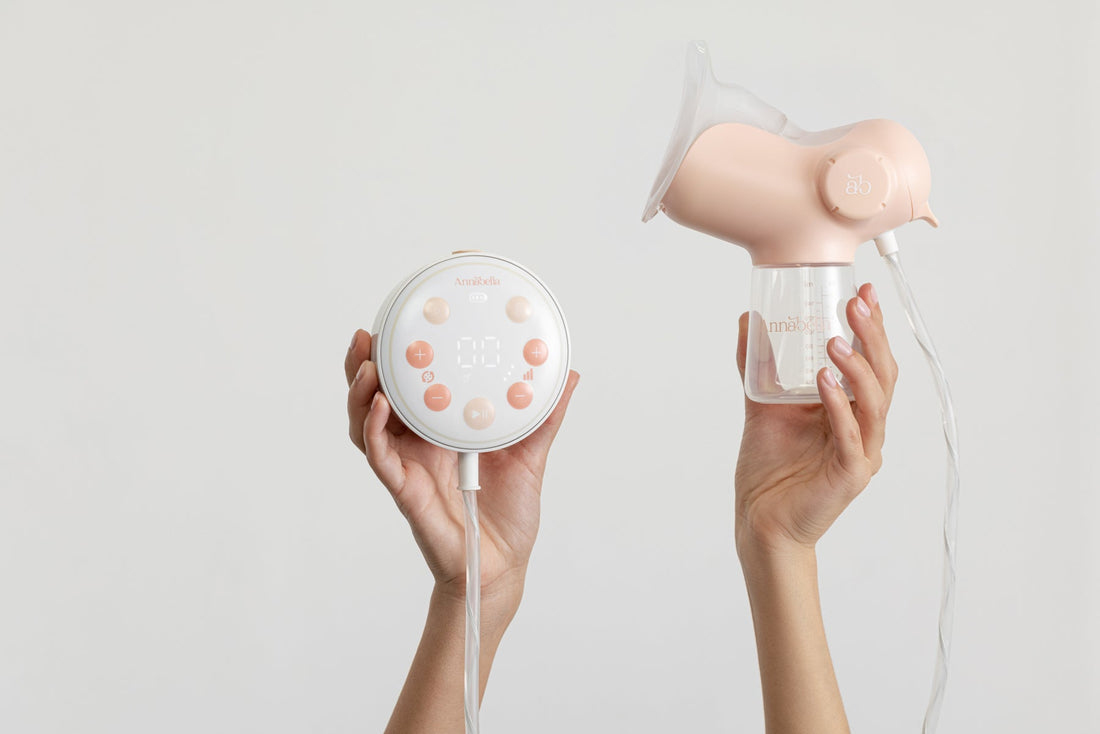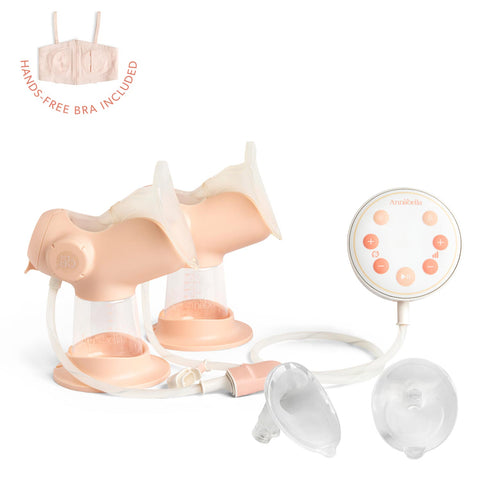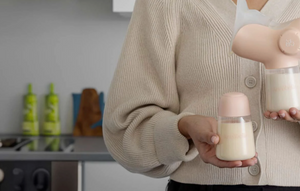Breast pump battery life is one of the biggest concerns for mothers relying on portable pumping. Whether at work, traveling, or running errands, a dead pump can quickly derail comfort and milk supply. Manufacturers often make big promises about long battery performance, but reality can look very different. Some pumps last hours, while others fizzle out after just a few sessions.
Understanding the truth about breast pump battery life helps mothers plan ahead, avoid stress, and keep pumping consistent. This article explores manufacturer claims, real user experiences, and tips to maximize every charge.
Why Battery Life Matters for Breast Pumps
Breast pump battery life isn’t just about convenience; it directly impacts comfort and supply. Many mothers pump several times daily, often away from power outlets.
A pump dying mid-session can cause skipped expressions. Missed sessions risk engorgement, clogged ducts, or reduced supply. Consistency is critical for maintaining milk production.
For wearable pumps, battery life is even more important. Their value lies in mobility, discretion, and flexibility. Weak or unreliable batteries quickly remove these benefits. Reliable battery performance means less stress and more confidence during pumping routines.
Manufacturer Claims vs. Real-World Performance
Breast pump battery life is one of the most promoted features in product descriptions. Companies often frame performance in hours, minutes, or sessions per charge. On paper, these numbers look promising. In practice, however, many mothers notice that their actual experience falls short of the advertised figures. Marketing claims often reflect ideal conditions, not real-life use.
Some pumps boast two to three hours of continuous runtime or several pumping sessions on a single charge. Mothers frequently report that the true figures are lower, especially when using higher suction levels or pumping for longer durations. A pump advertised to last a full day may decline faster as the battery ages or as daily use increases. Differences in environmental conditions, charging habits, and session frequency also contribute to shorter lifespans. For mothers depending on reliable routines, these gaps between promise and performance can feel frustrating.
Many variables influence breast pump battery life. Strong suction settings draw more power and reduce total runtime. Longer or more frequent sessions strain capacity, while older batteries gradually lose efficiency with repeated charging cycles. Even extreme temperatures can cut usable charge significantly. Pump design also matters, since efficient motors extend performance. Understanding these variables allows mothers to prepare for realistic performance rather than marketing claims. Setting expectations helps reduce stress, ensuring that backups like portable chargers or secondary pumps are available when needed. With careful planning, battery inconsistencies become manageable, making pumping routines more predictable.
Real-Life Battery Life Reports: Electric & Wearable Pumps
Real-world reports show that breast pump battery life often differs from advertised claims. Mothers frequently discover their pump provides fewer sessions than expected. For some rechargeable electric pumps, a single charge may last multiple days of light to moderate use, with two to three pumping sessions daily. These longer runtimes make them appealing for mothers who need consistent reliability.
Wearable pumps usually deliver shorter runtimes but still provide useful flexibility. Many mothers report three to four sessions per charge, with some managing up to six sessions under lighter suction settings. Over time, battery strength tends to decline, particularly with daily use or when devices are charged frequently. Environmental conditions such as temperature also influence performance. These factors create wide variation in outcomes, making careful planning essential.
The biggest takeaway is that breast pump battery life is highly individual. Usage habits, suction settings, and battery health all shape results. Understanding this variability helps mothers plan around charging schedules, carry backup power banks, and manage expectations. By tracking performance over weeks, mothers can anticipate changes in runtime and adjust routines before problems arise. Consistency in charging habits ensures pumps remain dependable, even if actual performance falls short of marketing promises.
Factors That Impact Battery Life in Practice
Breast pump battery life is influenced by many factors, which explains why real-world results often differ from advertised numbers. Suction strength is one of the biggest variables. Higher suction settings draw more power, reducing total session time before recharging becomes necessary.
Session length and frequency also matter. Longer or more frequent pumping sessions naturally drain batteries faster. Over time, lithium batteries lose capacity with repeated charging cycles. Environmental conditions like extreme heat or cold can further shorten usable charge.
Power management features also make a difference. Auto shutoff and standby modes help extend performance. Pump design and overall efficiency determine how effectively available power is used, which directly impacts breast pump battery life.
Tips to Maximize Your Pump’s Battery Life
Breast pump battery life can be stretched further with a few simple habits. Use only the suction power you truly need. Lower settings reduce strain and extend runtime without compromising milk expression.
Always start with a full charge. Avoid letting the battery drain completely on a regular basis, as this shortens capacity. Keep your pump within moderate temperatures since extreme heat or cold reduces efficiency.
Carry a portable power bank or spare charger. Turn off Bluetooth, lights, or unused features when not required. Rotating between pumps also allows batteries to recharge fully and last longer.
Choosing Based on Battery Life & Use Case
Breast pump battery life often influences which model works best for daily needs. If you pump frequently or for long sessions, a traditional electric pump with a strong battery or outlet access is the most reliable option.
Some pumps, such as Annabella’s electric breast pump, are designed with consistent, long-lasting power in mind. Annabella’s battery supports multiple full pumping sessions on a single charge and maintains stable suction throughout. With the original Annabella charger, the device reaches full charge efficiently, ensuring dependable performance day after day.
Always weigh charging habits, supply demands, and usage patterns. While battery life is a key factor, efficiency, comfort, and reliability also determine which pump fits your routine best.
Conclusion
Breast pump battery life rarely matches manufacturer claims exactly. Real performance depends on suction level, session duration, and how well the device is maintained. Knowing what to expect, and using a high-quality pump like Annabella, built for steady, reliable battery performance, helps mothers plan ahead and maintain a smooth, stress-free pumping routine.
Explore more practical tips in our training & support section.







